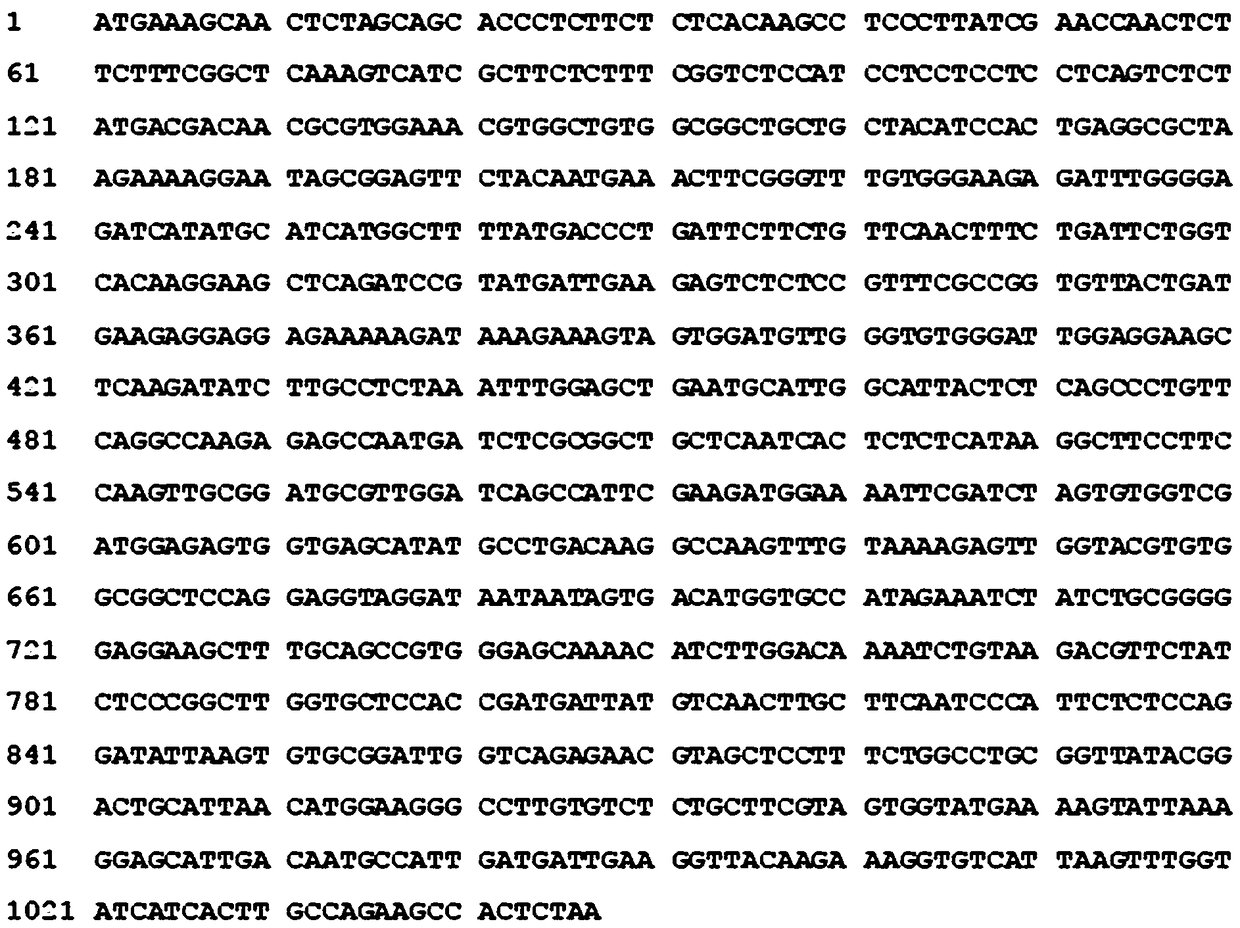Method for increasing content of vitamins of rice grains
A technology of rice grains and vitamins, applied in the field of molecular biological plant genetic engineering, to achieve the effects of promoting human health, increasing vitamin E content, and improving quality
- Summary
- Abstract
- Description
- Claims
- Application Information
AI Technical Summary
Problems solved by technology
Method used
Image
Examples
Embodiment 1
[0075] Embodiment 1: the construction of recombinant vector and the establishment of transformed Agrobacterium:
[0076] 1. According to figure 2 According to the technical route, the plasmid pUC18-Glb with the glutenin GluB-1 promoter (Glb) (according to the EMBL sequence X5433314 was PCR amplified and cloned into the pUC18 vector (Takara product), the method refers to Lee et al., 2001). Digest with EcoR I and HindIII, separate and recover the target fragment, connect with pCAMBIA1300 (Cambia company product) after double digestion with EcoR I and HindIII by T4 ligase to form an intermediate vector, and then isolate the clone from Arabidopsis The cDNA fragment of the γ-tocopherol methyltransferase (γ-TMT) gene (sequence see figure 1 ) was digested with BamHI and SacI, separated and recovered the target fragment, and formed a recombinant vector with the intermediate vector digested with BamHI and SacI by T4 ligase, and the above restriction enzymes (EcoR I, HindIII, Bam H I...
Embodiment 2
[0079] Example 2: Genetic Transformation of Agrobacterium:
[0080] 1. Induction:
[0081] The seeds of the mature rice variety (Wuyujing No. 7) were shelled, then treated with 70% volume ratio of absolute ethanol for 1 min, and 60.15% concentration of sodium hypochlorite (NaClO) seeds were shaken and sterilized for 20 min, and then rinsed with sterile water for 4 -5 times, and then put the seeds on japonica rice induction medium (N6D2) and culture them in a dark place for 4 weeks at a temperature of 25±1°C.
[0082] 2. Succession:
[0083] Select bright yellow, compact and relatively dry embryogenic calli, place them on the japonica rice subculture medium, and culture them in the dark for 2-3 weeks at a temperature of 25±1°C.
[0084] 3. Pre-culture:
[0085] Select compact and relatively dry embryogenic calli, put them on the japonica rice pre-medium and culture them in the dark for 4-5 days at a temperature of 25±1°C.
[0086] 4. Agrobacterium culture:
[0087] In the ...
Embodiment 3
[0100] DNA was extracted from leaves of transgenic plants, and polymerase chain reaction (PCR) was performed. PCR program: 94°C pre-denaturation for 5 minutes; 35 cycles (94°C denaturation for 1 minute; 55°C annealing for 1 minute; 72°C extension for 2 minutes), 72°C extension 7min. Detect positive transformed plants, and the single plant that can amplify the 1064bp size band is the positive transformed plant ( image 3 ). The RNA of the grains of the positive individual plants was extracted for Northern hybridization to detect the expression of the transferred fragments in the grains, and all the transferred fragments of the positive individual plants were expressed ( Figure 4 ). The large samples of DNA extracted from positive individual plants were digested with SacI and XbaI (products of Takara Company) respectively, and Southern hybridization was performed to identify the fragment integration copy number of positive transformed individual plants, and six independent tr...
PUM
 Login to View More
Login to View More Abstract
Description
Claims
Application Information
 Login to View More
Login to View More - R&D
- Intellectual Property
- Life Sciences
- Materials
- Tech Scout
- Unparalleled Data Quality
- Higher Quality Content
- 60% Fewer Hallucinations
Browse by: Latest US Patents, China's latest patents, Technical Efficacy Thesaurus, Application Domain, Technology Topic, Popular Technical Reports.
© 2025 PatSnap. All rights reserved.Legal|Privacy policy|Modern Slavery Act Transparency Statement|Sitemap|About US| Contact US: help@patsnap.com



